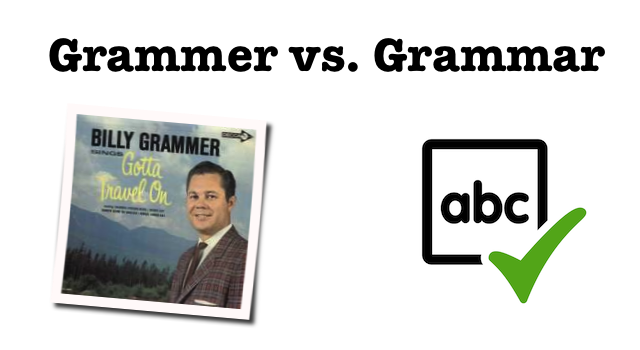Grammar is a crucial aspect of language that helps convey meaning effectively. Two commonly used conjunctions, “and” and “but,” play a significant role in shaping the structure of sentences. Understanding how to use these conjunctions correctly can enhance the clarity and coherence of your writing.
When to use “and” and when to use “but” can sometimes be confusing for writers. “And” is used to connect two ideas that are similar or complementary, indicating a continuation or addition. On the other hand, “but” is used to contrast two ideas, showing a contradiction or exception.
For example, in the sentence “I like to read books and watch movies,” the conjunction “and” is used to show that the speaker enjoys both activities. In contrast, in the sentence “I like to read books but I don’t enjoy watching movies,” the conjunction “but” introduces a contradiction in the speaker’s preferences.
Using “and” and “but” effectively can help create smooth transitions between ideas in a sentence. They can also help clarify the relationship between different elements in a text, making it easier for readers to follow the flow of information.
It is important to note that the choice between “and” and “but” can significantly impact the tone and meaning of a sentence. Using the wrong conjunction can lead to confusion or misinterpretation. Therefore, paying attention to the context and intended message is crucial when deciding whether to use “and” or “but.”
Ultimately, mastering the usage of “and” and “but” in grammar can elevate the quality of your writing. By understanding the nuances of these conjunctions, you can communicate your ideas more effectively and engage your readers more efficiently.
In conclusion, the proper use of “and” and “but” in grammar is essential for clear and coherent communication. By knowing when to use each conjunction and understanding their distinct functions, you can enhance the effectiveness of your writing and improve the overall quality of your work.
